The Article
6000A Integrated Amplifier From Audiolab
1st July 2019
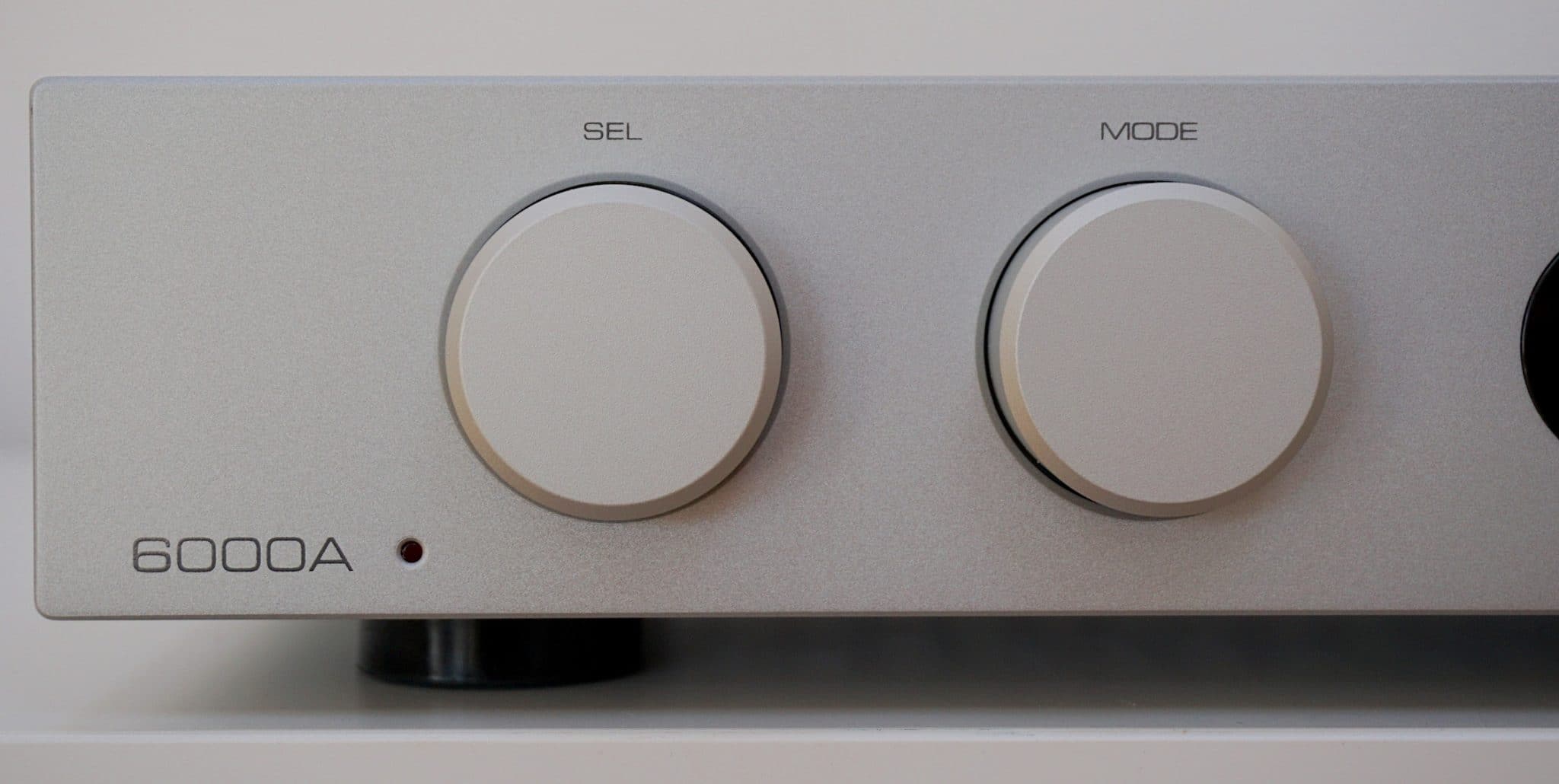
Adopting a traditional and solid form factor on the outside, Paul Rigby realises that the magic is occurring under the lid
The thing about the 6000A, when the aesthetics are considered, is that it looks like an integrated amplifier. Don’t dismiss that point. It’s actually critical to target sales. I say again, the 6000A looks like a traditional integrated amplifier. It looks safe. It looks steady and solid. It doesn’t try anything fancy. You would never accuse the chassis of ever emerging from an Italian design studio. There’s no chic fashion sense with this one. If you saw this box in the 80s, it would look rather racy, that’s for sure, but it wouldn’t look too out of place.
For some users, that is all they want. And that’s important. Weird and even slightly off-kilter designs can scare and make certain hi-fi fans feel uncomfortable. Even slightly conservative half-width amplifiers can be an issue for some.
The 6000A – at least on the outside – is the Mother’s Pride processed white loaf of amplifier design. You can see it for what it is at 30 paces. Again, I’m not damning this amp with faint praise when I say that. That’s not a bad thing. It’s a firm design choice.
Before I began the review of this box, I was comforted to know that the designer of the 6000A was also the same designer of the older 8300A. Jan Ertner took the basis of the latter to create the former which meant that hard won knowledge was now being refined and improved upon. There’s nothing worse than a single line of products that feature a host of designers who not only constantly reinvent the wheel but often make the same old mistakes over and over again (it’s happened many times in the past). Not here. So I already had a sense of confidence going into this one.
This is an amplifier but it features other components too. The ES9018 Sabre32 Reference DAC is one of those, featuring 32bit HyperStream architecture and Time Domain Jitter Eliminator. Again, this chip is not a foreign component. You’ll find it in the company’s M-DAC. Continuity again.
Connected to the DAC are the 6000A’s four digital inputs – two coaxial and two optical – which handle 24bit/192kHz. Tagged to these are user-selectable digital filters: Fast Roll-Off, Slow Roll-Off and Minimum Phase. I’ll say now that I normally hate these sort of things. Anything that takes me away from a pure, default, flat signal is an experience as near to abhorrent as I’m likely to find. That said, I’ll give them all a test in due course.
Streaming is also possible via Bluetooth (plus the now usual aptX codec).
A Class AB amplifier, that can also be used as a pre-amp and as a power amplifier too, the integrated mode of the design pumps out 50W per channel into 8 Ohms, the output stage of the discrete power amp circuits uses a CFB (Complementary Feedback) topology plus a meaty 200VA toroidal transformer followed by four 15000uF reservoir capacity (60000uF in total). The idea is to reduce the strain upon the amplifier and to maintain a sort of backup of power, ready to use.
Audiolab has included a phono stage for moving magnet phono cartridges – a JFET-based circuit with RIAA equalisation. A dedicated headphone amp with current-feedback circuitry is also included.
Spanning 445 x 65.5 x 300mm and weighing 7.8kg, the 6000A is available in a choice of silver or black.
SOUND QUALITY
I started with Mike Oldfield and his Platinum (Virgin) LP from 1979. I played Into the Wonderland, featuring vocals by Wendy Roberts. A sweet, beautifully melodic and slightly melancholic, low key ballad with a high-energy, rocking finish.
I suppose, if I were to describe the 6000A in one word, it would be confident. This amplifier is not shy, it doesn’t try to hide any aspect of its sound envelope. The 6000A will never die wondering. That is, the 6000A gives its all in the cause of making you happy.
The overall presentation from the Audiolab 6000A was balanced and balanced means you get to hear some bass. This is not always the case for mid-placed budget equipment. Bass is often sacrificed or at least trimmed to some extent. Even the best sub-£1,000 amplifiers out there love to trim bass. It’s a cost issue. That doesn’t happen with the 6000A.
The 6000A allows bass into the soundstage. That means that both the percussion and bass guitar were not only able to ground the music and stop it flapping in the wind but also offer a solid, rhythmic pace to the whole arrangement. That is, there was a sense of order here. The music flowed with an added, deeper groove. The structure was both solid and funky.
One of the persistent fears I have as a reviewer, from amplifiers designed at this price point, is frequency discipline. This is another reason that may sub-£1000 amplifiers are rather bass shy. Most of them can’t handle it. Too much of it, at any rate.
That is, there is a danger of allowing too much bass into the soundstage because it may create a warming feeling, leaking into the midrange and creating a sepia-like effect. Again, that never occurred with the 6000A. Frequency discipline was paramount so bass stayed put and never bloomed into the mids.
In fact, let’s pause for a moment here to dwell and emphasise this one feature. If I was going to pin one all-important factor for the success of the 6000A it would be tonal balance. In fact, you could ally tonal balance as being the killer feature of the 6000A. The headline. Tonal balance is the underlying strength of the 6000A. I really haven’t heard anything like it under £1,000.
The upper midrange was delightfully detailed and accurate although fragility and delicacy were not great priorities, I have to say. I never saw reverb tails of filigree lattice flowing from cymbal taps but this is a £599 amplifier we’re talking about here, not a £5,999 design. So no, don’t expect that but do expect to hear everything that a £599 amplifier can provide: complex and chaotic lead guitar with enough precision to make sense, wind instruments that feature a character and lightness of touch and a layered soundstage that revealed even shy instruments lurking at the rear of the mix.
Before I moved from vinyl, note that the built-in phono amplifier is a good one. An external model is better but the internal model will be fine for those of a budget. Buy an external model when you can, though.
I then turned to Bluetooth which I paired to my iPhone 8. Pairing is automatic. That is, you select Bluetooth as a source on the amplifier and the 6000A pops up on your Bluetooth screen on your phone. Painless and easy pairing. I played Marvin Gaye’s Mercy Mercy Me as a lossy file. Often, playing such a file in this way results in a bright and edgy play response but not here. The 6000A was able to calm any possible issues. So while the midrange was lacking insight, bass was hardly focused and treble was almost a non-entity, none of that was the 6000A’s fault. In fact, the 6000A made the best of a bad job, providing a perfectly listenable track without any nasty sonic responses. What I liked about the 6000A’s take on Bluetooth was the creation of a wide soundstage and, because lots of space was now on offer, the instrumental separation that also followed. Allowing each instrument within the mix to be presented on its own, adding to the complexity of the presentation.
Next up, I plugged in my Astell&Kern AK120 into the rear-mounted optical port and played Dire Straits’ So Far Away from their Brothers in Arms album. I liked the way the 6000A handled this 24bit/88.2kHz track because the track was mastered with excessive peak limiting creating a compressed sound. The low noise aspect of the 6000A, the balanced and controlling nature of the upper frequencies and the solid bass foundation allowed this track to be broadcast in a mature and stable fashion. To such an extent that the compressed element was no longer a real issue.
Playing the restful piano tinklings of Erik Satie at the same resolution was a relaxing and enjoyable experience. The potentially chaotic resonance of the piano was handled well by the 6000A in terms of control while the nuanced nature of the keys and pedals from the Satie piano was transcribed with both ease and insight to give the performance a sense of delicacy alongside that sense of authority.
I then took a quick listen at the range of DAC-related filters available within the unit. In the 6000A’s manual, the Phase filter is talked about as if the resultant sound resembled analogue but I had to disagree. The presentation emerged from cotton wool, sounding overly damped with a lack of precision and midrange insight.
The Slow filter reduced that effect dramatically while Fast was a default flat response. I hold my hands up here. I had to eat my words with these filters because my preference leaned towards the Slow filter which I actually found superior to Fast. The latter is supposed to be default and flat but I found Fast to be a touch edgy.
So, thumbs up to Audiolab. I never thought I would actually hear a usable filter on any piece of hi-fi equipment but, blow me down, Audiolab has created the very thing.
One important thing. Critical if you’re sound testing the 6000A and the DAC is significant to you. Make sure you properly review the amplifier with each and every filter. Cycle through each in turn and give each one time. Punching in any one of these filters will change the inherent character of the 6000A’s DAC. For example, if you talked to me about the 6000A having only listened to the Fast filter and I replied to you having only listened to the Slow filter, we’d effectively be talking about two different amps.
Hence, don’t judge the 6000A until you’ve heard all three filters. Listen to your Uncle Paul on this one.
Finally, I plugged in my reference headphones to listen to Satie via the internal headphone amplifier. While there may have been a limit on midrange extension, within the confines of the head amp’s performance envelope, the sound was admirable indeed offering plenty of refined detail on offer plus light and shade to add interest.
CONCLUSION
I listened to this amplifier for some time and realised that the basic presentation was supremely balanced in terms of how it delivered music to the ear. Some hi-fi components do one thing very well and if you’re looking at a budget component that can often be a fascinating experience because build budgets often preclude a generally good performance. The 6000A is one of those pieces of kit that does its best to do everything very well indeed.
Of course, it can’t. Not really. Money won’t let it. That doesn’t stop to trying, though.
In terms of ‘can’t’, what the 6000A doesn’t give you an extended dynamic reach. That high ceiling that higher-end amplifiers provide to allow the upper midrange to soar.
Now, some amplifiers in this price range will give you that. But then they will fall over very badly in other areas because too much emphasis has been placed upon that soaring thing for the build budget limits. So, for example, you may come across an amplifier that offers great midrange extension but the bass will be lacking. In other words, you go too far in one direction? You pay for it in another.
The 6000A doesn’t do that either. It never actually falls down. It never leaves you feeling, “Wow, it does this and this amazingly well but I wish it didn’t do that…” You won’t give that response to a 6000A listening session.
In short, the 6000A provides the perfect balance of performance to a build budget. It’s the perfect compromise. Every part of the sound envelope has been looked at and enhanced to the point when the money ran out. Then Audiolab stopped at that point.
Hence the 6000A squeezes every last penny of performance from your £599. If the designers had been told that the price was £649, they would have improved everything a bit more. For £699? Everything would have been improved a bit more still. You see? The 6000A is even handed, offers great sound and is one of the best value amplifiers on the market. If you want to hear how your money has been spent, buy a 6000A.
Bottom line? The Audiolab 6000A is better than you think.
AUDIOLAB 6000A INTEGRATED AMPLIFIER
Price £599
Website: www.audiolab.co.uk
TO BUY CLICK BELOW:
USA – https://amzn.to/383xoR3
EUROPE – https://amzn.to/3mMazW8
GOOD: confident bass, instrumental separation, upper midrange detail, balanced output
BAD: nothing
RATING: 9
[Don’t forget to check out my Facebook Group, The Audiophile Man: Hi-Fi & Music here: www.facebook.com/groups/theaudiophileman for exclusive postings, exclusive editorial and more!]
REFERENCE
Pro-Ject RPM3 Turntable
Tellurium Q & QED cabling
Blue Horizon Professional Rack System
Harmonic Resolution Systems Noise Reduction Components
All vinyl was cleaned using an Audio Desk’s Ultrasonic Pro Vinyl Cleaner


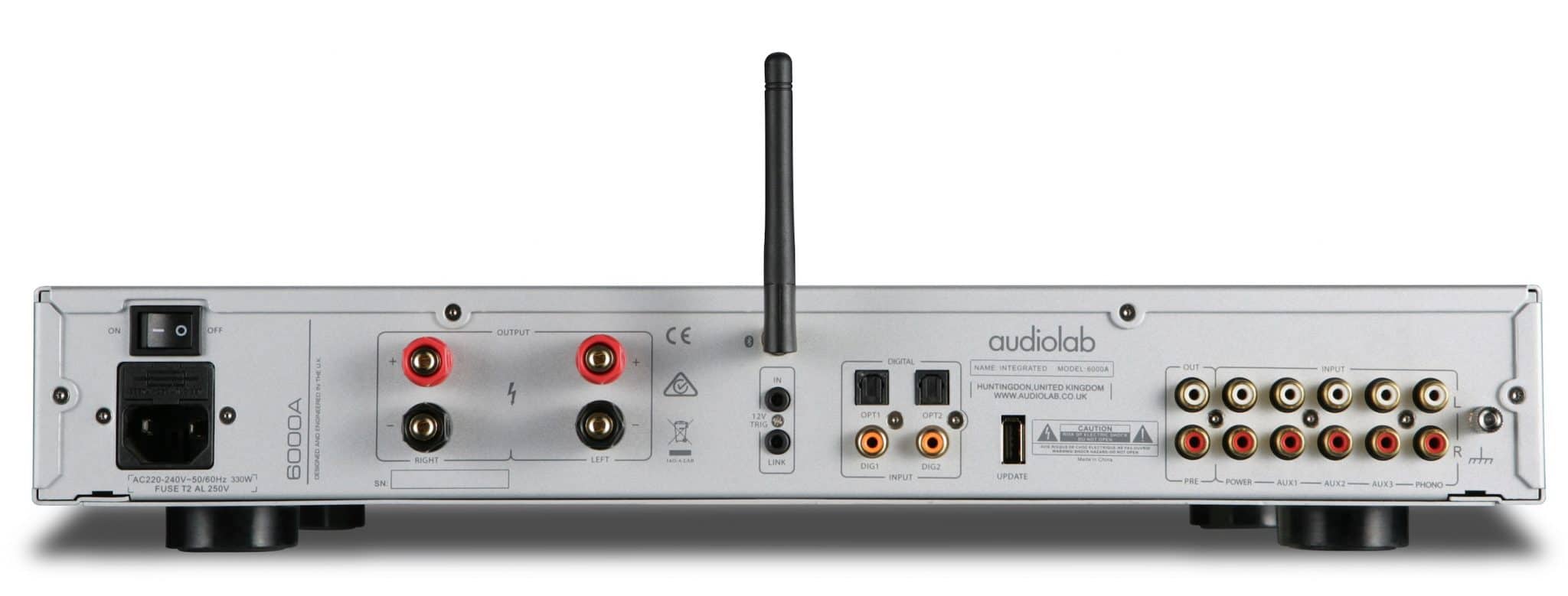
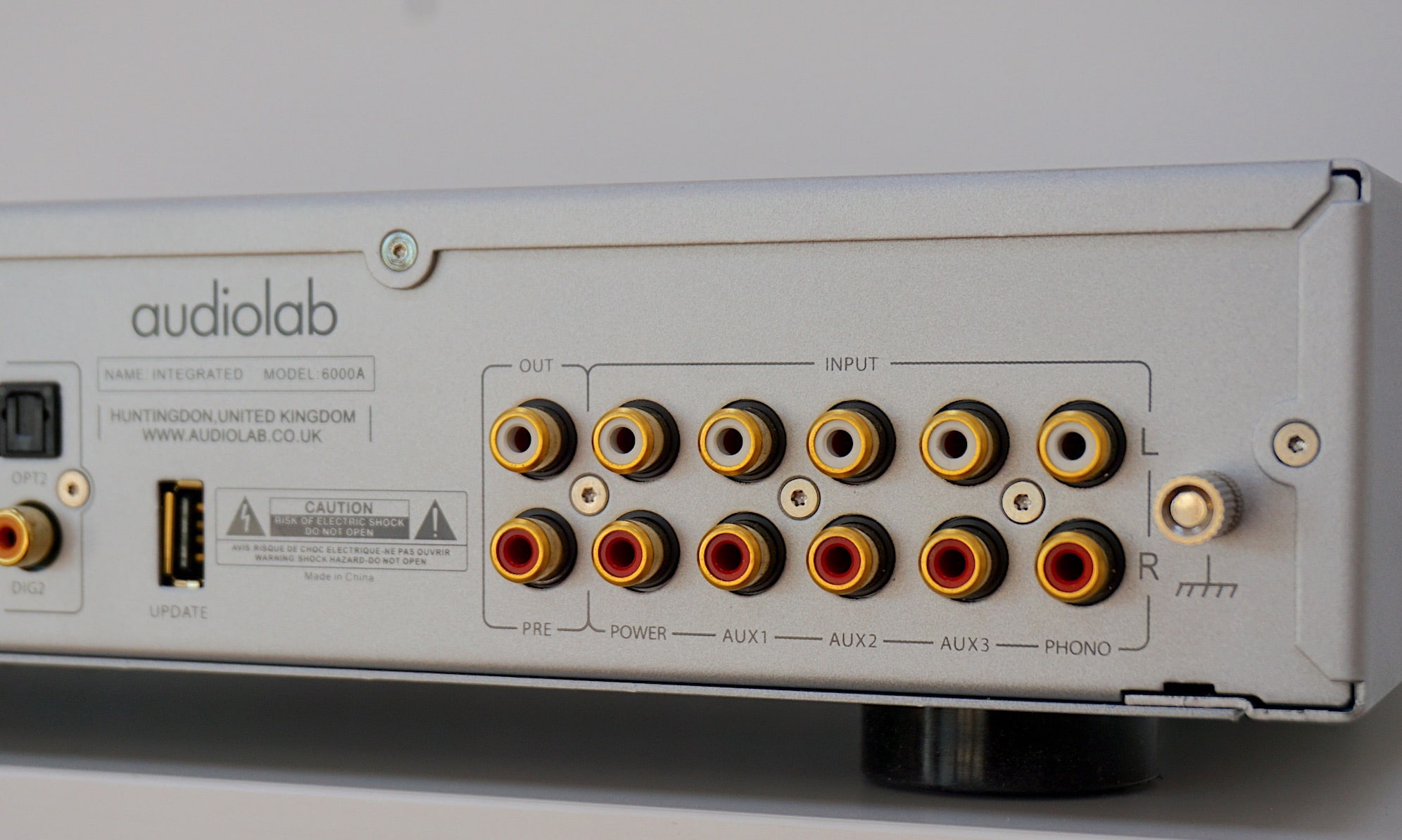
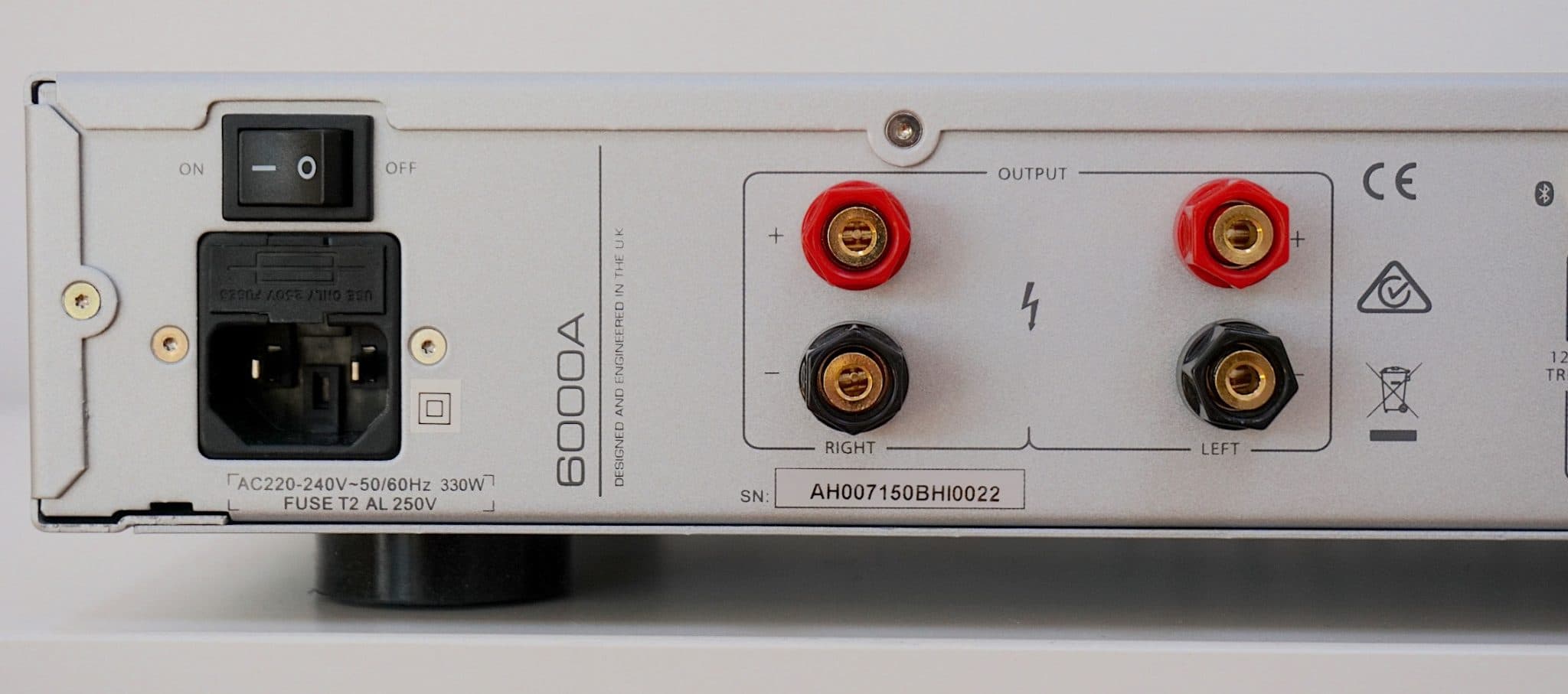
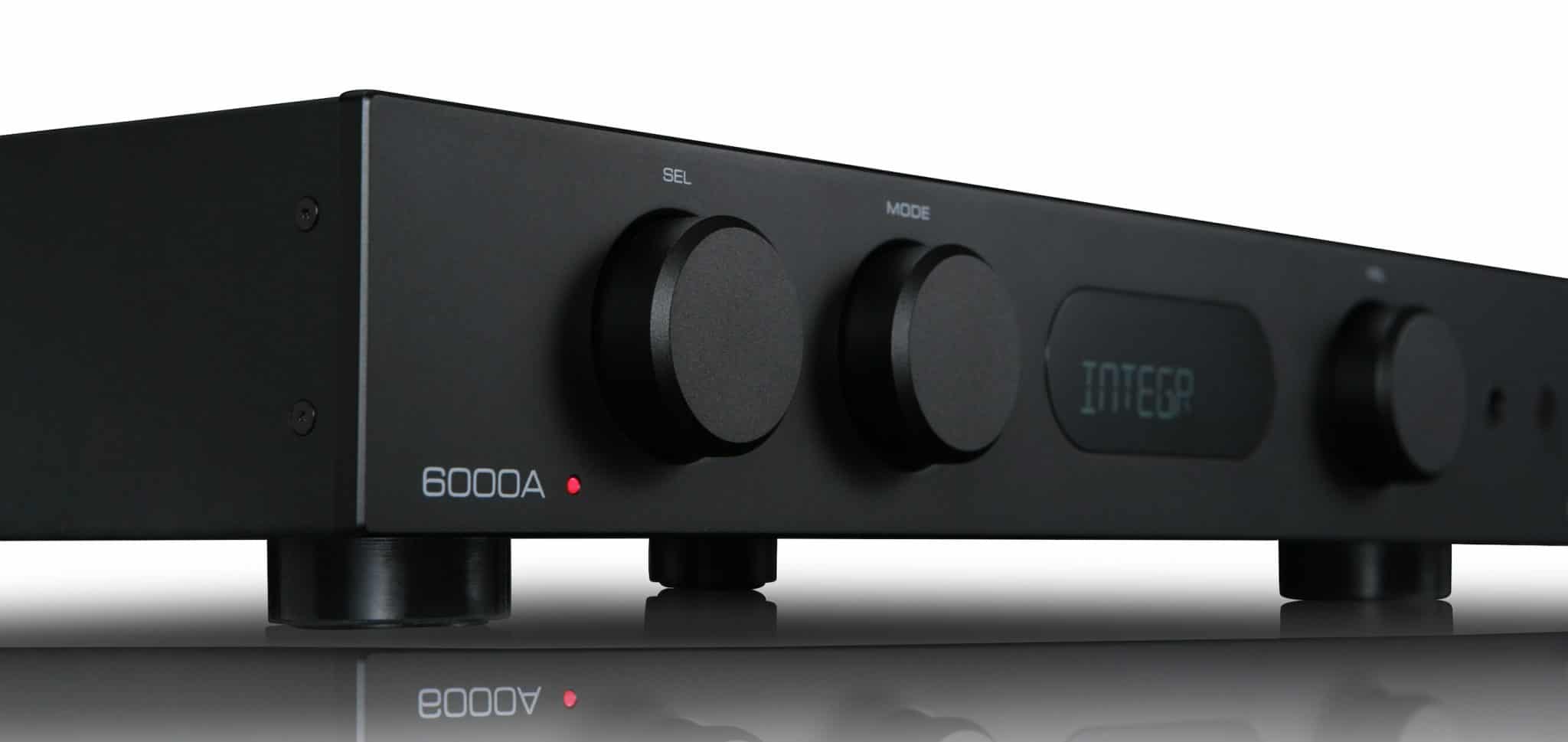
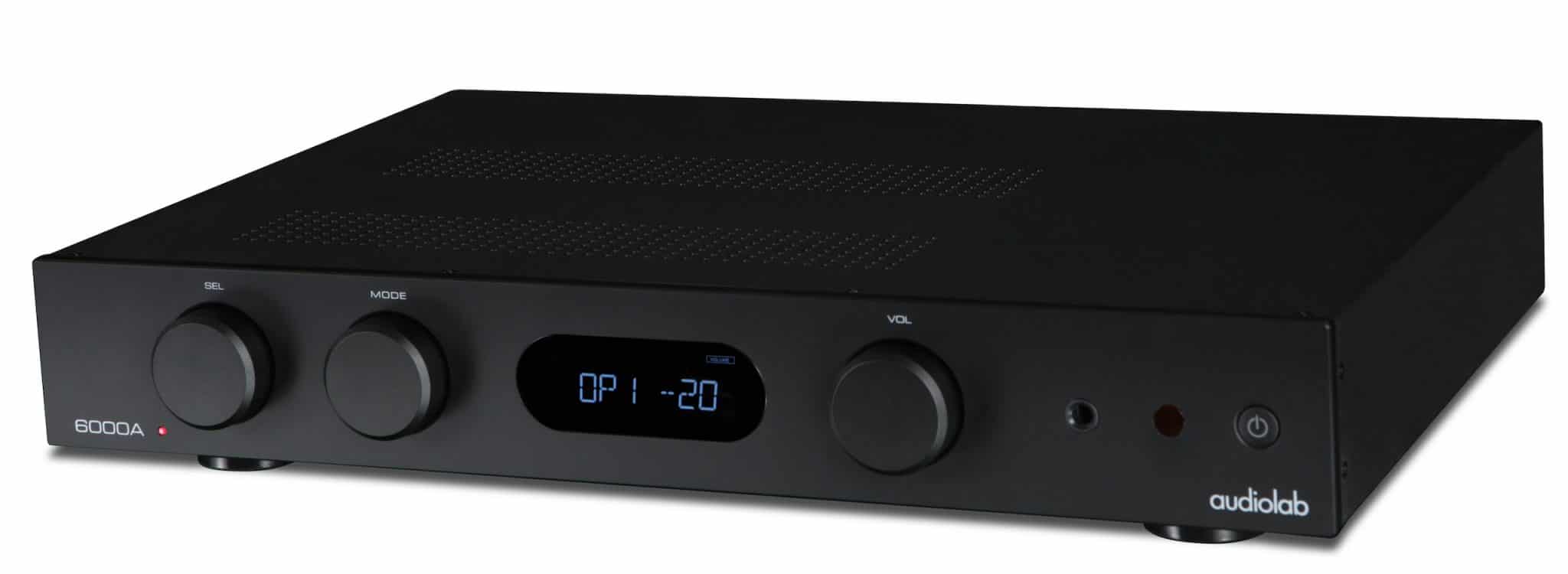
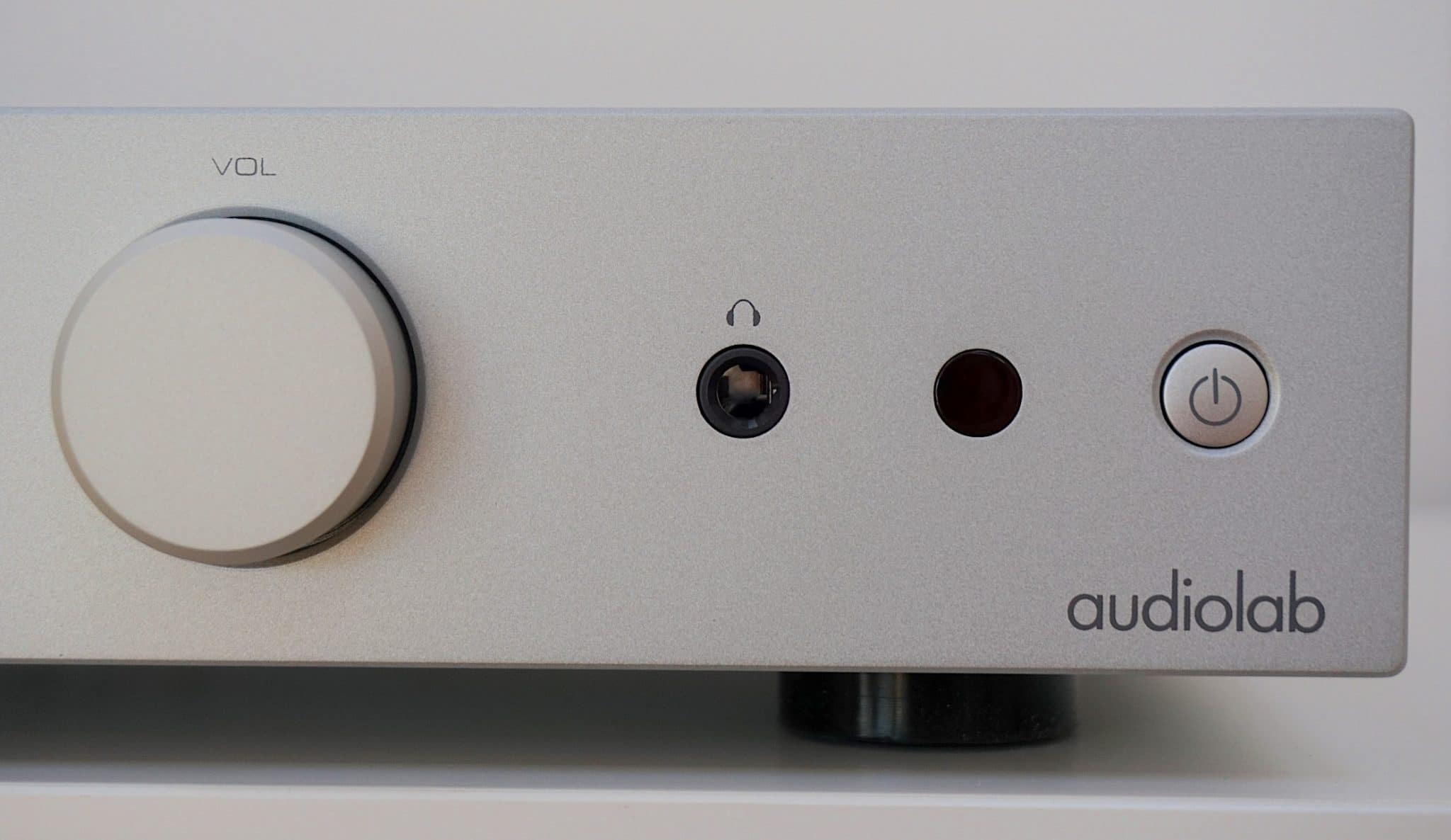
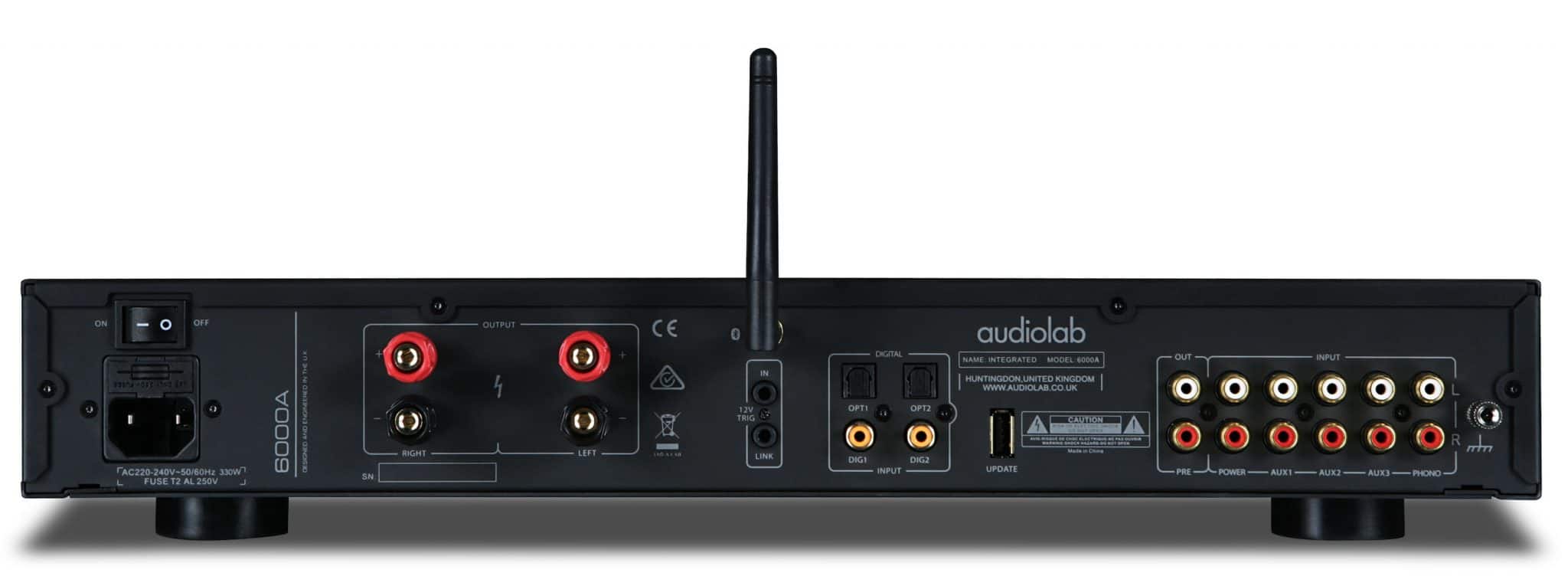

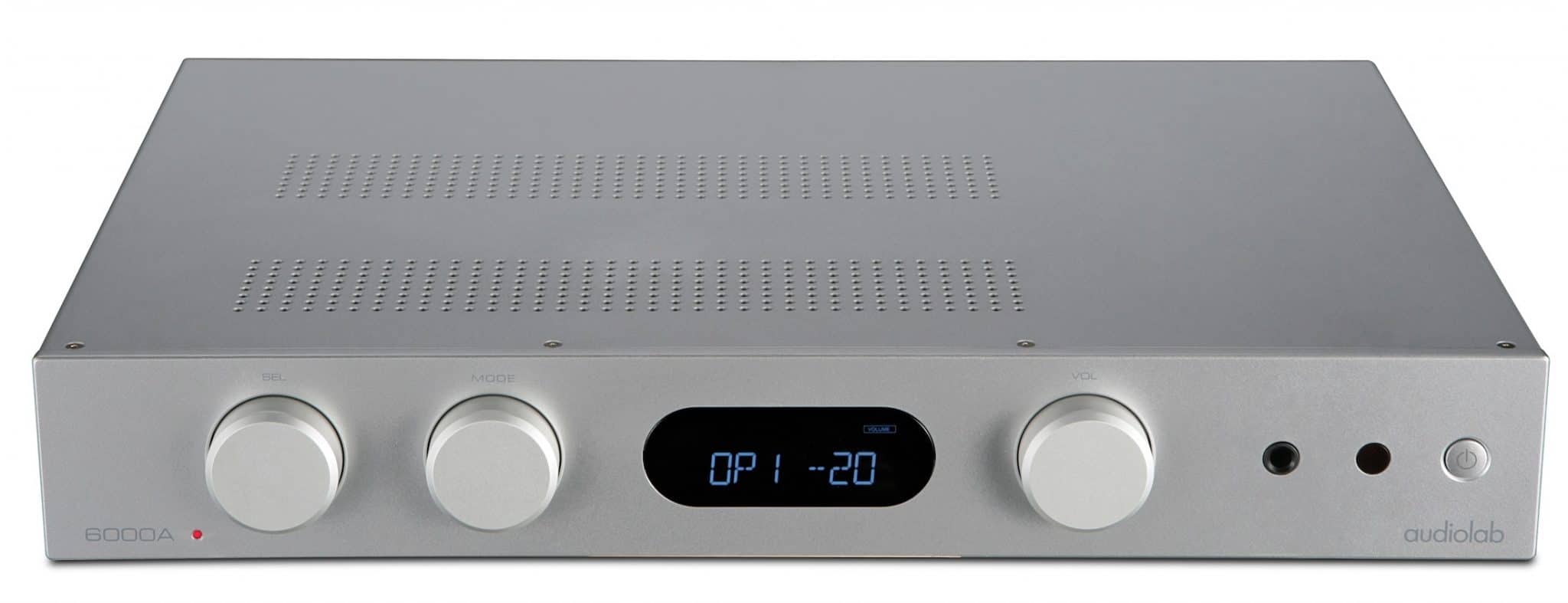
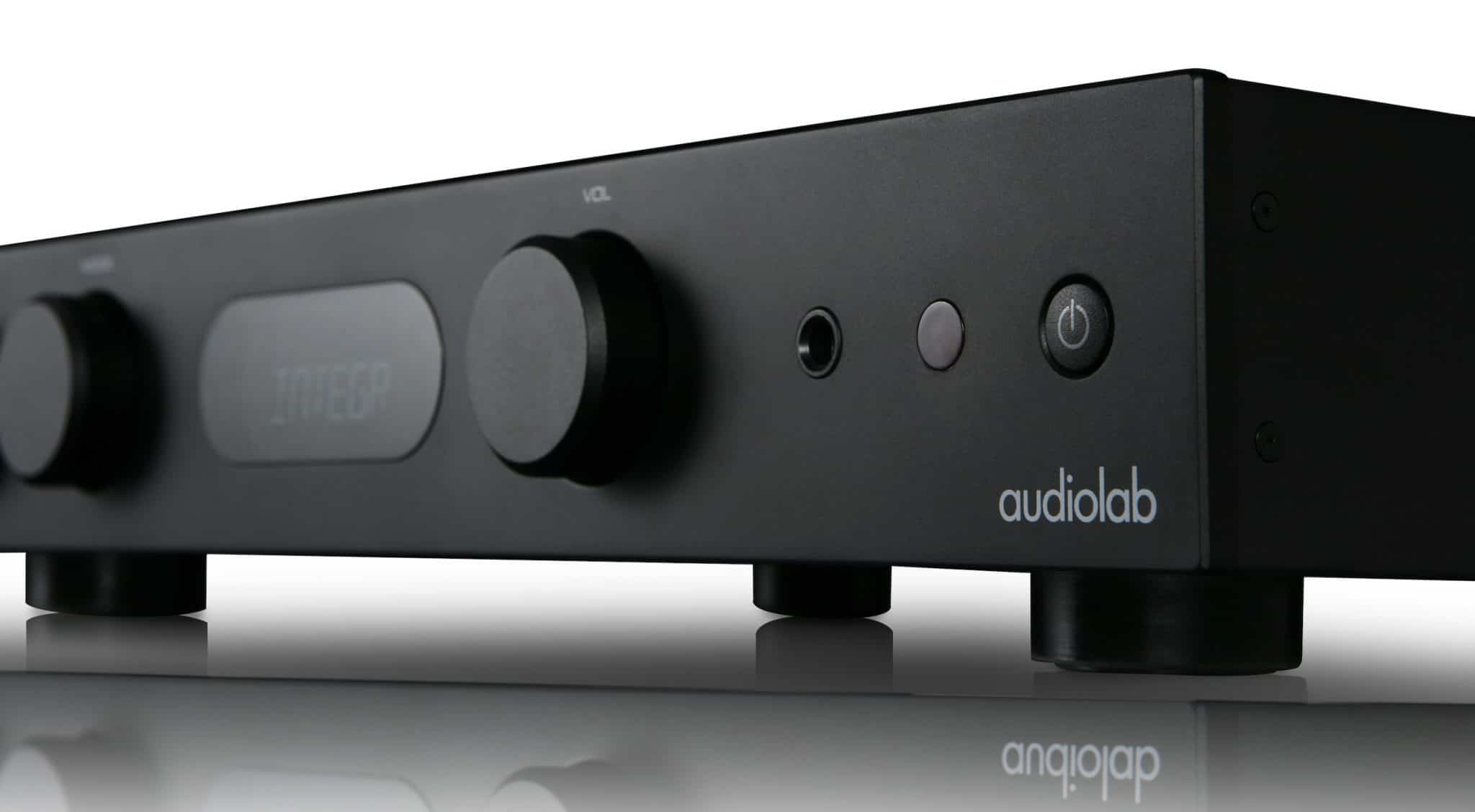
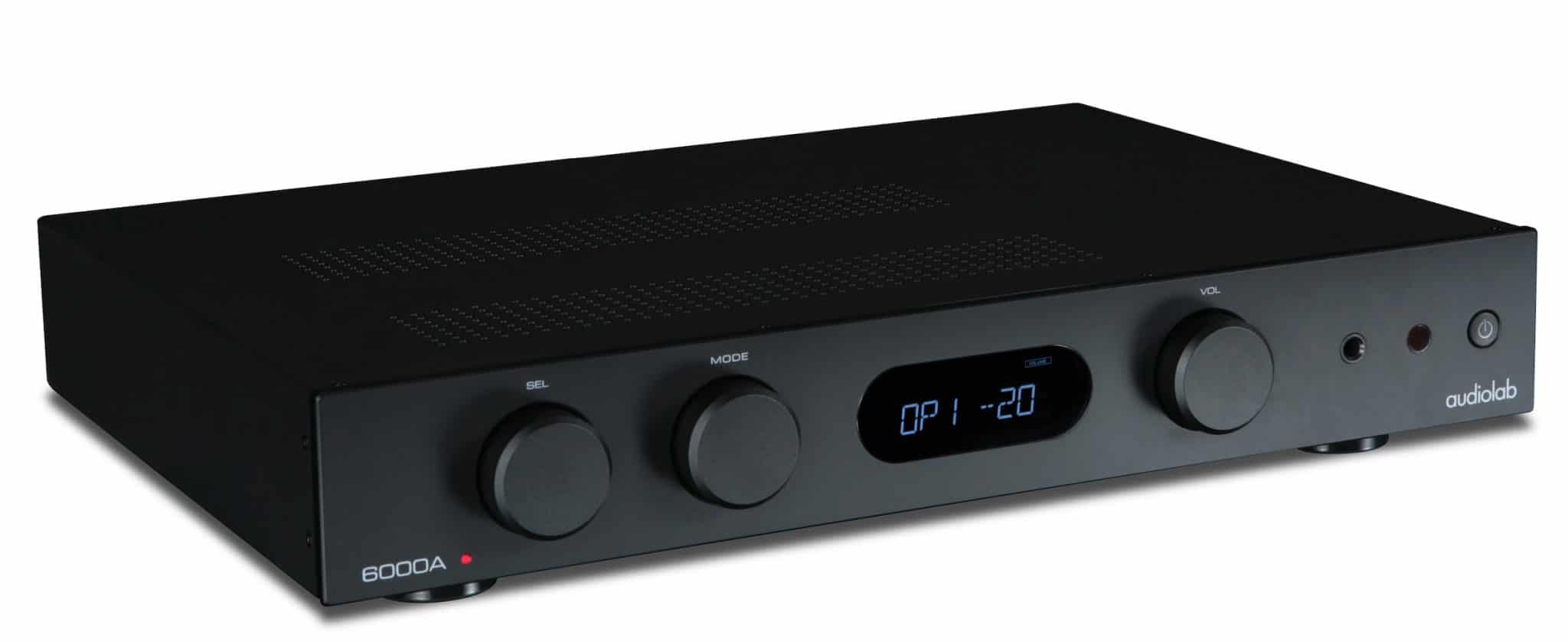
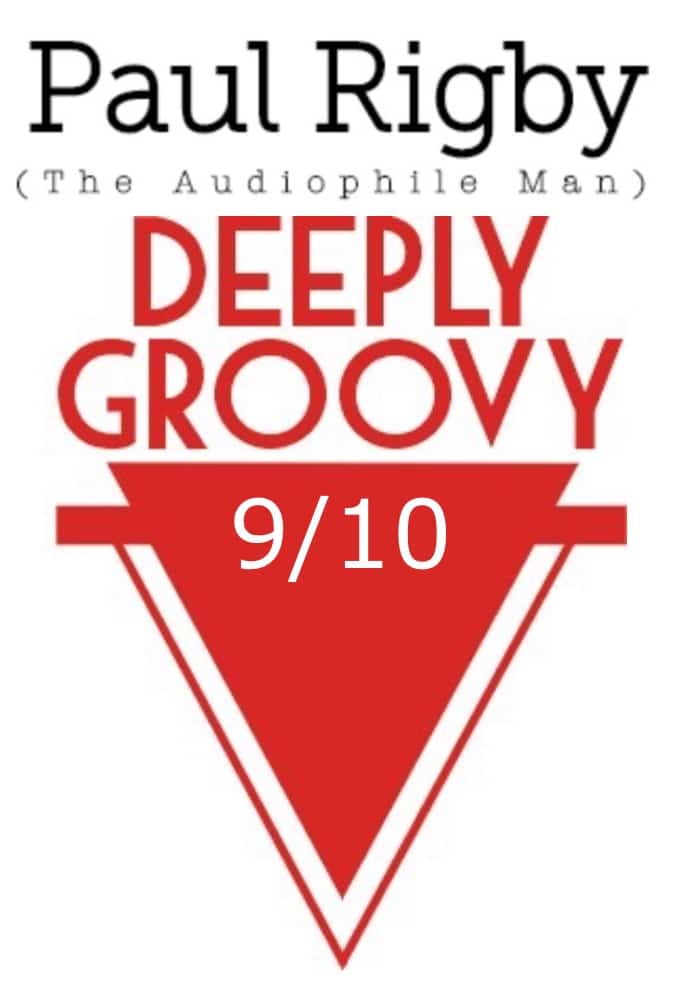
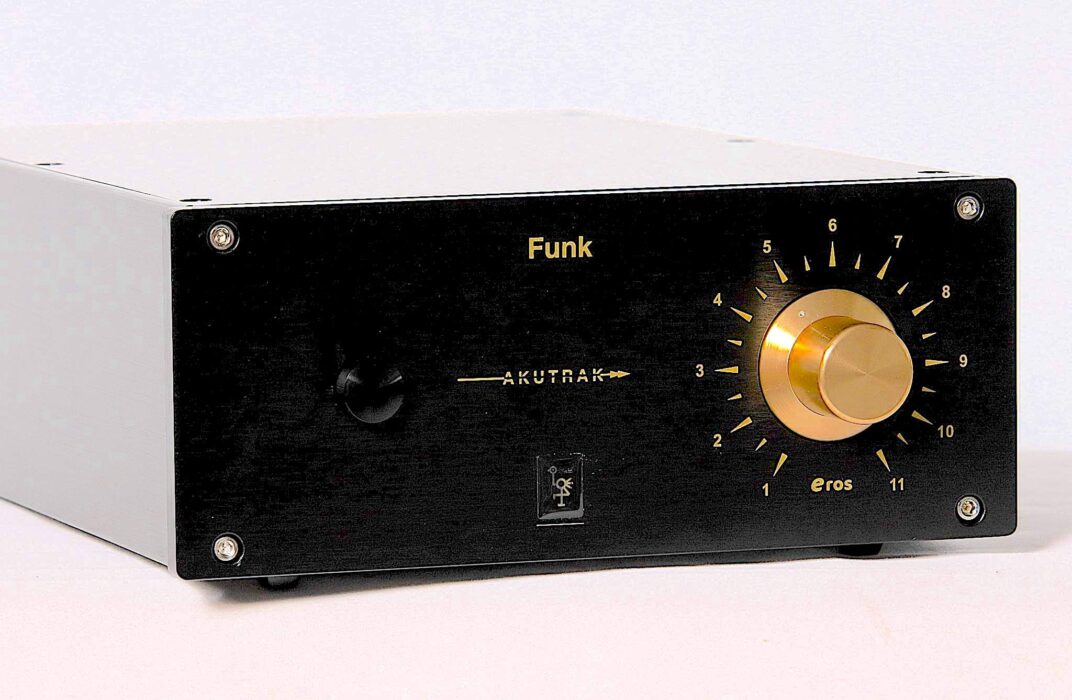
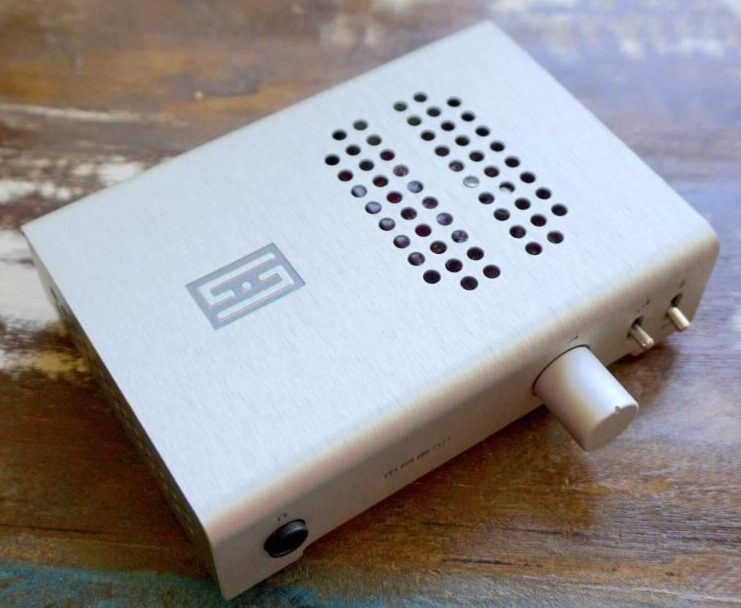
Good day Paul.
I’ve the 600A. I’m very interested to pair it with the Dynaudio Evoke 10 for my bedroom of 11m2. In you clever opinion, will it drive them properly?
Hmmm, the 6000A will probably be fine but maybe on the end of ‘fine’. At 6 Ohms and a low sensitivity, Dynaudio don’t make things easy. Me? I’d look at an amp 80W and up. So a beefy integrated or a pre/power might be an even better bet.
Hi Paul, I follow you on YouTube and subscribe to your website, both being my go-to for all things hi-fi.
In fact, I just bought the Audiolab 6000A (and the CDT) on the strength of this excellent review, but me being me, I always have to go just that little bit further, and invested in 2 x Audiolab M-Pwr power amps when I read later in your review that the 6000A could be used as a pre-amp (didn’t read the instructions, see?).
The chap who sold me the amps was under the impression that I intended to bi-wire/amp(?) my speakers, although I’d actually like to bridge them using the 6000A as a preamp.
I already have a small amount of experience of this, having done it with a vintage Rotel Control Amp and single Rotel Power Amp, but I’m sensing it might be a different story with the Audiolab gear?
I wonder if you’d be able to advise me about the wisdom (or otherwise) of my undertaking this course of action and, if at all possible, tell me which plugs go in which sockets so that I don’t blow anything up? I feel a bit stupid asking this, having bought the two power amps before finding out if they’ll work with the 6000A – I just hope you can steer me in the right direction.
Kind regards and many thanks,
Mark
Let me double check with Audiolab on this one Mark – I too need a bit of steering 🙂
Thanks ever so much, mate!
Hey Paul, just letting you know that I bought two RCA splitters, took the bit by the horns and ‘plumbed in’ the two M-PWR power amps, using the 6000A’s Pre-amp mode and it sounds fantastic…and nothing exploded! (always a bonus).
Only thing is that, as I said in the above ramble, there are no more holes in which to plug the subwoofer, and while the power amps do sound incredible, I would like to be able to use it in some capacity other than doorstop.
So, I was wondering if I purchased another splitter, like this…
https://www.amazon.co.uk/Cable-Splitter-Stereo-Adapter-Female/dp/B0B9P1351Y/ref=sr_1_3?crid=2TQEOH4GWQ5F4&keywords=rca splitter 1 male to 3 female&qid=1668976531&s=electronics&sprefix=rca splitter 1 male to 3 female,electronics,114&sr=1-3
…along with a little RCA Male to 3.5mm Female Connector, maybe that would allow such an audacious (foolhardy) plan to work…again, without exploding said electronics.
Anyway, I shall leave this brainteaser with you.
Thank you for this, and for convincing me to invest in the fabulous Audiolab family of electronic gear,
Mark
Still waiting for Audiolab, Mark so I’ll be interested to see what they say. This time of year though, they’re a mite busy over there so it may take a bit of time.
Hi Paul. Been very happy with the 6000a that I bought on the back of this review. Thanks! I’m now looking to start upgrading other components to get a bit more out of it. Tricky question I know but… which of current components – cartridge (Bias2 through P2), phonostage (internal) or speakers (MA Bronze 2) – would you look to upgrade first all things being equal? Was thinking about ATVM95 cartridge, Rega Fono, and MA Silver 100’s as replacements eventually but can probably only afford one at a time. Thanks for any advice.
I’d grab the best phono amp you can afford, Graham. That will be the pivot of your entire vinyl system, providing the link between the turntable and the rest of the system. So any future cart upgrade will be heard to its fullest. Then the speakers last.
Great. Thanks Paul. Was looking at the Rega Fono Mk5 but I’ll maybe see if the budget could stretch a bit further.
Hey Graham, sound advice from Paul. I’ve got Icon Audio’s PS2 PhonoStage and it’s absolutely sublime. If you can afford Icon Audio’s PS3 MkII then you’re bound to experience nirvana! Happy listening!
Hi Paul,
Another 6000A (and 6000CDT) owner off the back of your reviews, I’ve been very happy with them for the last two years.
Having also gradually upgraded my turntable, interconnects, phono stage, speaker cables, it’s now time to look at my old B&W 601 S2 speakers. I’ve found a good deal on a set of ProAc DT8s, the specs of which seem to be a reasonable match for the 6000A, although I’m not kidding myself that a £600 amp will fully do them justice.
In your opinion, will this setup work well enough, even for a year or so until I can start looking for a better amp? Thanks.
Sure Mark – should be fine. The only thing I would pay attention to is ancillaries. Make sure your shelving seem is up to scratch, the cabling, look at grounding technologies, isolate each component with proper vibration-rejecting feet, antistatic technologies, etc, etc. All of these things help a little bit. Add up all the little bits though and you hear a reduction the noise floor.
Hi Paul,
Amazing to see you are still answering questions years after the post! Your 6000A review was helpful to me as I bought one in December of 2021. It’s been great since them.
I’m looking to invest in a tube preamp for my turntable to run with the 6000A. Do you have any suggestions? I have a technics 1500c turntable. I like colored sound. Just want to enjoy my records.
I was looking at the Schiit Freya. I’m not exactly an expert when it comes to combining audio components so any advice is appreciated.
Thanks Mike – do you have a budget?
Hi Paul,
Probably around 1K USD is what I figured.
Thanks again!
Hi Mike – in my amplifier review section, browse for the Origin Live Discovery 1, there’s the Profono, Vertere, Pure Audio P10 and Gold Note PH-10. All are excellent. Have a study and do a bit of research on those.
Hi Paul, I know this post has been going for a long time. I read your excellent review of the Audiolad 6000A.
I not too happy with the sound of the Yamaha for music. I have decided to keep the AV and get an amp for the fronts. I also read in the comments that the 6000A might not be powerful enough for the MA Silver 200. I would connect the bluenode and DVD to the amp. I would also require HT Bypass.
My system comprises of, Yamaha RX V781 speakers setup is 5.1, front Monitor audio Silver 200, Centre Monitor Audio Silver, rears Ruark Vita 100s, Subwoofer SVS SB 1000 pro. Connected are Sony DVD Blueray, SkyQ, Bluesound Node, with a Creek phono amp connected to Rega Planar 2 TT.
This is all a conumdrum now. My question is which amp to get, have looked at Arcam SA10, Roksan K3, Rega Elict R (bit out of my budget new). Budget around £700 not adversed to buying 2nd hand.
sorry for the long post.
Not a problem, Peter. If the Rega is too expensive, the 6000 needing more power then that leaves the Arcam and Roksan. And I recall being very impressed with the Roksan. If you’re using the Silvers you’re also keeping the amp ‘in the family’ because Monitor Audio owns Roksan.
Hi Paul,
Thanks for your prompt reply, I will look into the Roksan and Arcam which model should I be looking for?
Hi Peter – the Attessa and K3 spring to mind.
Hi Paul, I have just bought a refurb Roksan K3 from richer Sounds at a very good price. Should be with me tomorrow. Thanks for your help.
Peter
Sounds good, Peter. Hope you like it (I’m sure you will). And no problem.